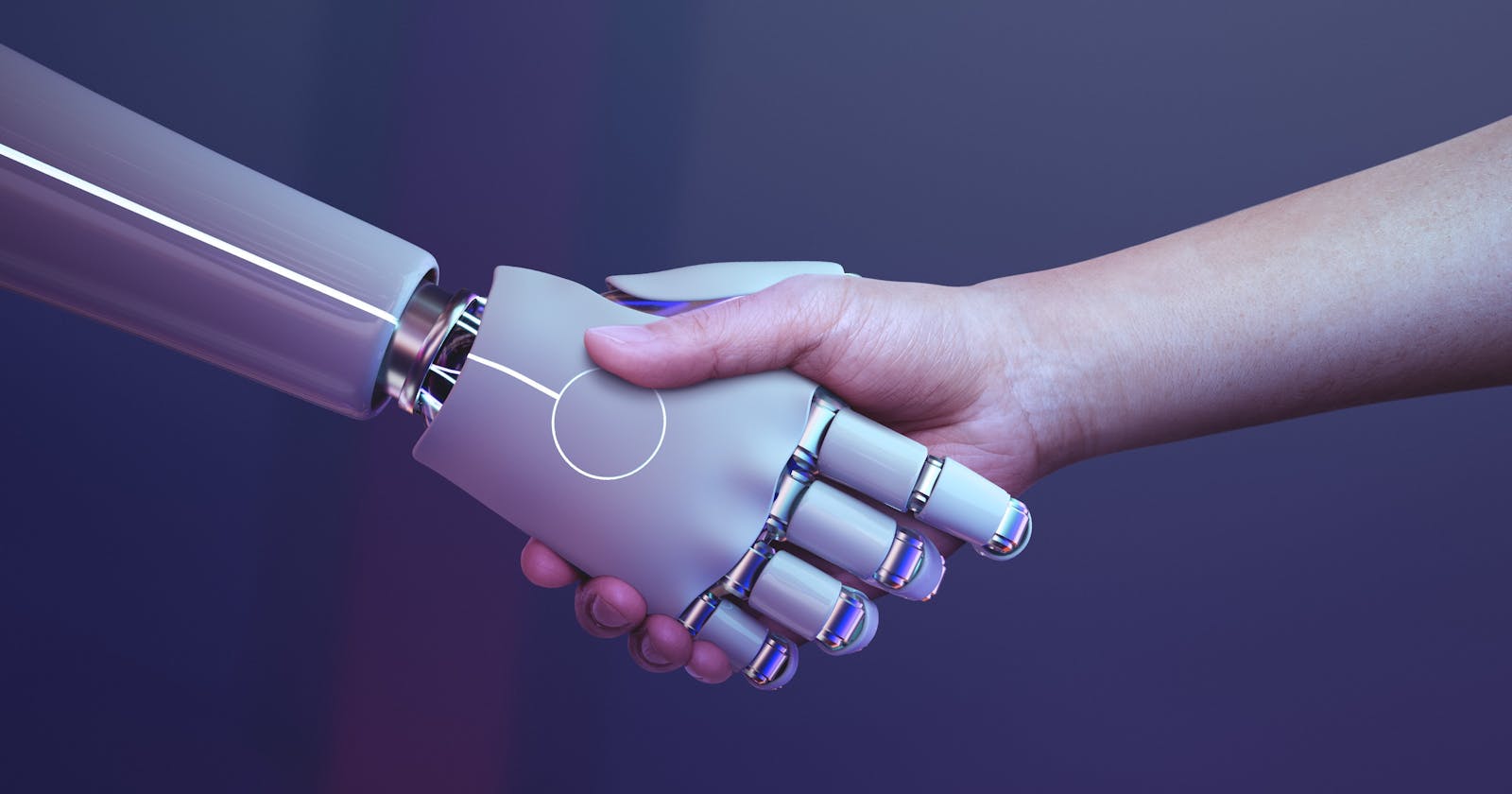An Overview on Machine Learning : How Smart Machines are Changing Our World 🌍
Machine Learning is not about building machines that can think, it's about building machines that can learn to think 🧠.
Let's have a quick intro 🍵:
Machine Learning is an exciting field that has revolutionized the world recently. It has opened doors to numerous possibilities and opportunities that were once considered impossible. In this blog, we will dive deeper into the world of Machine Learning and explore its various aspects.
So, before jumping over anything, first, we get to know about its 'What, Why & How'. (Believe me, it's the best way to have an overview of anything).
What is Machine Learning 🤖?
Machine Learning is a subfield or subset of Artificial Intelligence (AI) that involves building algorithms and models that enable computers to learn and improve from experience without being explicitly programmed. In other words, Machine Learning is all about creating computer programs that can automatically improve their performance over time by learning from data.
Why the heck do we use Machine Learning 🤔??
Machine learning is used for a variety of reasons, including:
Prediction and forecasting 🔢:
Machine learning models can be trained to predict future outcomes based on historical data. For example, a financial institution may use machine learning to predict which customers are most likely to default on a loan.
Pattern recognition 🧩:
Machine learning can identify patterns and relationships in large datasets that may not be obvious to the human eye. This can be useful in fields such as image and speech recognition.
Anomaly detection 🔭:
Machine learning can identify outliers (a person or thing differing from all other members of a particular group or set) and anomalies in data that may be indicative of fraud or other unusual activity.
Personalization 😶🌫️:
Machine learning can be used to personalize recommendations, advertising, and other content based on individual user behavior.
Optimization ⚙️:
Machine learning can help optimize complex systems by identifying the most efficient way to allocate resources or make decisions.
Overall, machine learning enables businesses and organizations to make better decisions, automate tasks, and gain valuable insights from data.

How Machine Learning works 🤯??
Machine learning works by using algorithms to learn patterns and relationships from data, without being explicitly programmed. The general process for developing a machine learning model involves the following steps:
Data collection 📊:
Collect and preprocess data from various sources. This involves cleaning, transforming, and labeling the data.
Model selection ✔️:
Choose a suitable machine learning algorithm or model that is appropriate for the problem you are trying to solve. There are various types of machine learning models, including linear regression, decision trees, neural networks, and support vector machines.
Training 🏃♂️:
Train the machine learning model using the preprocessed data. During training, the algorithm adjusts the model’s parameters to minimize the difference between predicted and actual values.
Testing 🧪:
Test the model on a new set of data, known as the testing set, to evaluate its performance.
Deployment 🚀:
Deploy the model to make predictions or take actions based on new data.
The accuracy and effectiveness of a machine learning model depend on the quality and quantity of data used for training and testing, as well as the choice of model and its parameters. The goal of machine learning is to create models that can generalize well to new, unseen data and make accurate predictions or decisions.

Types of Machine Learning 👀:
There are three main types of Machine Learning:
Supervised Learning ⚡:
In supervised learning, the machine is trained on a labeled dataset, where the input data is labeled with the correct output. The algorithm learns from the labeled data to make predictions on new, unseen data.
Unsupervised Learning 🫠:
In unsupervised learning, the machine is trained on an unlabeled dataset, where the input data is not labeled. The algorithm learns from the data to discover patterns and relationships within the data.
Reinforcement Learning 👥👥:
In reinforcement learning, the machine learns by trial and error. The algorithm is given a goal, and it learns by taking action and receiving feedback on whether its actions were correct or not.
Applications of Machine Learning :
Machine Learning has numerous applications in various fields, including:
Healthcare 🏥:
Machine Learning is being used to develop new diagnostic tools, predict patient outcomes, and personalize treatment plans.
Finance 💰:
Machine Learning is being used to detect fraud, make investment decisions, and predict market trends.
Retail💸:
Machine Learning is being used to personalize shopping experiences, optimize pricing, and improve supply chain management.
Transportation 🚛:
Machine Learning is being used to develop self-driving cars, optimize transportation networks, and improve logistics.

Challenges in Machine Learning:
Although Machine Learning has opened up numerous possibilities, it also comes with its challenges, including:
Data Quality 🤌:
Machine Learning models are only as good as the data they are trained on. Therefore, ensuring the quality of data is essential for building accurate models.
Interpretability 📦:
Machine Learning models are often considered black boxes, making it difficult to understand how they arrived at a particular decision or prediction.
Bias 🤜🤛:
Machine Learning models can be biased towards certain groups or outcomes, leading to unfair decisions or predictions.
Conclusion 🧘♂️:
Machine Learning is a rapidly growing field that has the potential to revolutionize the world. From healthcare to finance to retail, Machine Learning has numerous applications in various fields. However, it also comes with its challenges, such as data quality, interpretability, and bias. As the field of Machine Learning continues to evolve, it is essential to address these challenges to ensure that Machine Learning is used for the betterment of society.

That's all. I hope you found this blog insightful and that it helps you to get started with Machine Learning.
If you find this blog a bit useful, then please, please Hit the like button 💙 & Share it with your friends, so that they also get to know about this awesome Code Editor!!
Also, do share your opinions 💭 in the comment section.
Happy Coding :)
